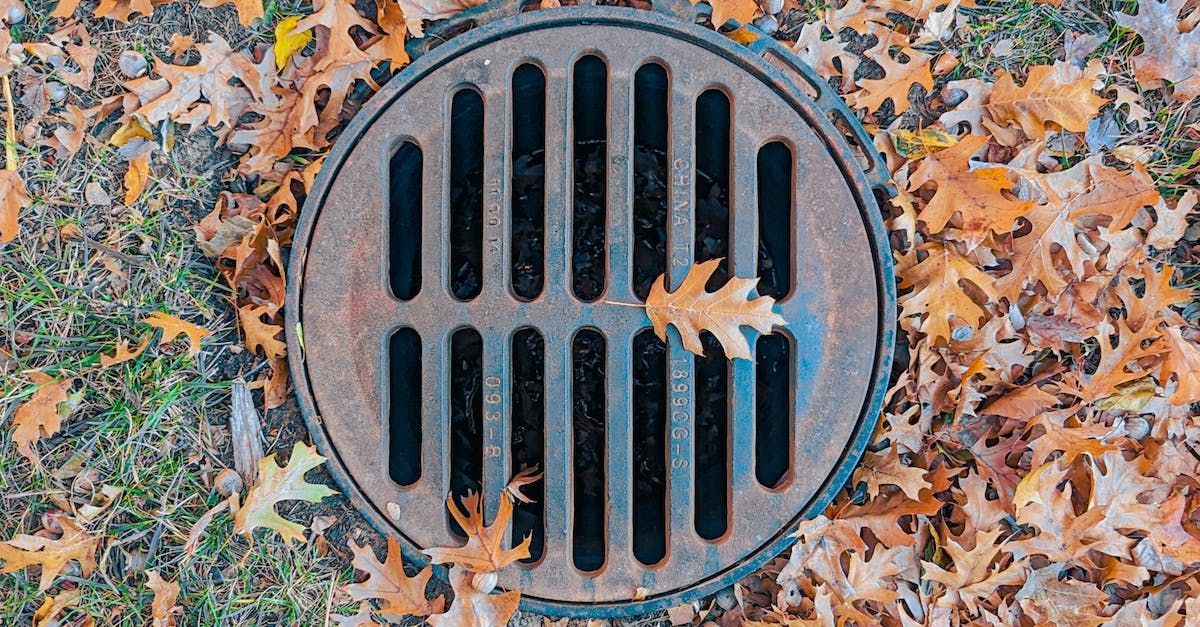Essential Tips for Effective Drainage Maintenance During the Rainy Season
How to maintain your drainage system?

As the rainy season approaches, it's crucial to ensure that your property's drainage system is in top-notch condition to prevent potential water damage and flooding. Proper drainage maintenance is key to safeguarding your home or business during heavy rainfall. In this blog, we'll explore essential tips for maintaining your drainage system to ensure optimal functionality during the rainy season.
1. Inspect and Clear Gutters and Downspouts:
Start by inspecting your gutters and downspouts. Remove any debris, leaves, or twigs that may have accumulated during the dry season. Clogged gutters can lead to water overflow, causing damage to your roof and foundation.
2. Ensure Proper Sloping:
Check the slope of your property to ensure that water flows away from the foundation. If the ground around your home slopes towards it, it can lead to pooling and potential flooding. Adjust the soil as needed to create a proper slope away from your home.
3. Install Drainage Grates and Covers:
Consider installing drainage grates and covers to prevent debris from entering and clogging your drainage system. These accessories help maintain the efficiency of your drainage network and reduce the risk of blockages.
4. Regularly Inspect and Maintain Storm Drains:
Storm drains play a crucial role in preventing street flooding. Regularly inspect and clean storm drains to remove any accumulated debris. Contact local authorities if you notice a blocked or damaged storm drain in your neighborhood.
5. Invest in Permeable Paving:
Permeable paving materials, such as permeable concrete or interlocking pavers, allow water to pass through, reducing runoff. This can be particularly beneficial in areas with limited drainage capacity.
6. Check Sump Pump Functionality:
If your property is prone to flooding, ensure that your sump pump is in good working condition. Test it regularly to make sure it can efficiently pump out excess water from basements or crawl spaces.
7. Inspect Foundation and Seal Cracks:
Examine your home's foundation for cracks that may allow water to seep in. Seal any cracks with appropriate waterproofing materials to prevent water damage to your property.
8. Maintain Landscaping:
Trim trees and bushes around your property to prevent overhanging branches from clogging gutters or interfering with drainage. Additionally, remove dead plants and debris from your yard to promote proper water flow.
9. Consider Rain Barrels:
Rain barrels collect and store rainwater, reducing the amount of water that flows into storm drains. This sustainable approach not only helps with drainage but also provides a water source for gardening.
10. Educate Yourself on Local Regulations:
Familiarize yourself with local drainage regulations and guidelines. Some areas may have specific requirements for drainage systems, and compliance with these regulations is essential to avoid penalties and ensure community safety.
Conclusion:
Taking proactive steps to maintain your drainage system before the rainy season can save you from costly repairs and protect your property from water-related damage. By following these essential tips, you can ensure that your drainage system operates efficiently, keeping your home or business safe and dry during heavy rainfall. Stay ahead of the weather, and invest in the longevity and resilience of your property's drainage infrastructure.
CONTACT US
Whatsapp: +6011 2106 3266 & +6019-673 7033
39, Lorong Sg Puloh 1A/KU6, Taman Teknologi Gemilang,Kawasan Perindustrian Sg Puloh, 42100 Klang, Selangor.
Waze Search by "WPM RESOURCES SDN BHD"
Waze Search by "WPM RESOURCES SDN BHD"
All Rights Reserved | WPM Resources Sdn Bhd
Designed by Trinity42
